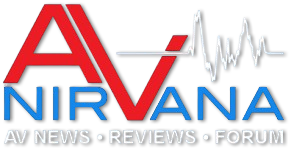I'm currently trying this:
it's free . All right ?
it's free . All right ?
Follow along with the video below to see how to install our site as a web app on your home screen.
Note: This feature may not be available in some browsers.






